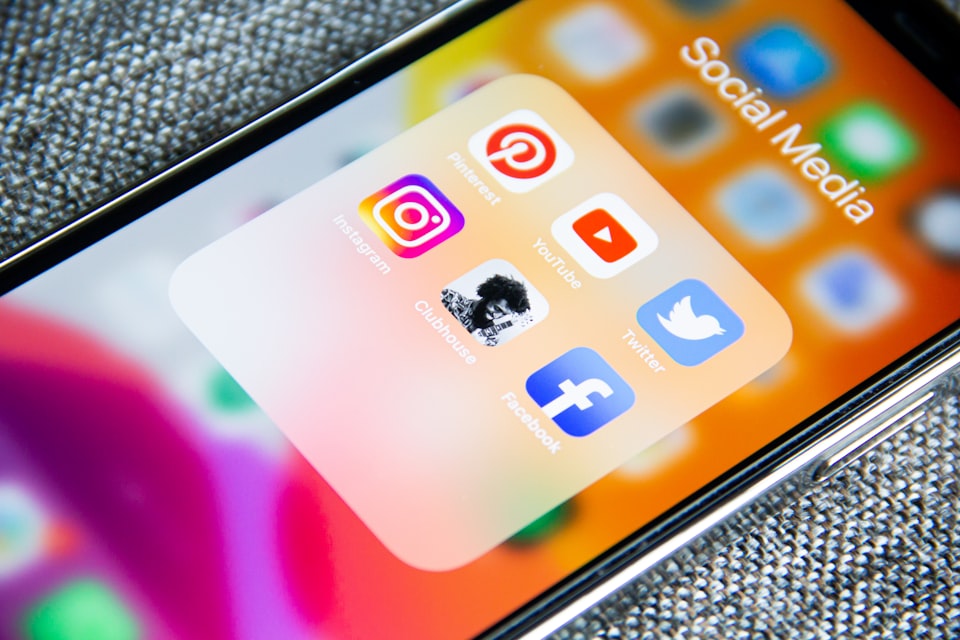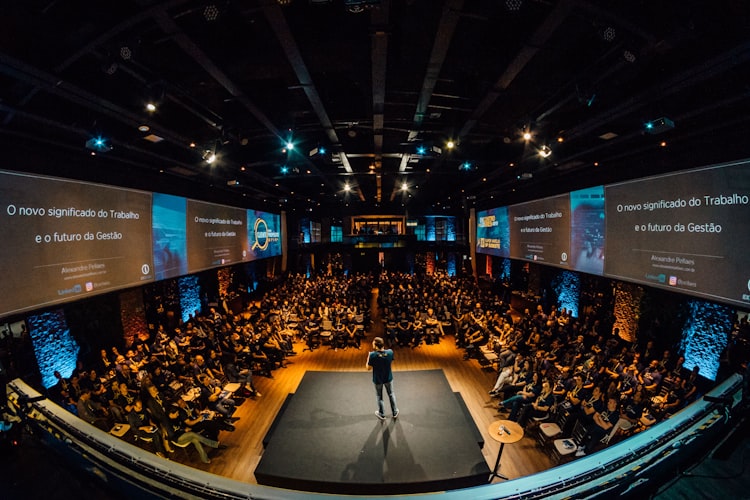What Platform Should Creator Entrepreneurs Use

Episode 3 of The 10k Creator is out now! You can watch or listen to the episode here.
One of the biggest mistakes I made as a creator early on and up to about two years ago was trying to emulate other creators who had large audiences.
Look at someone like Ryan Holiday, an author with a number of best-selling books, a massive email list, connections and opportunities galore. He has a newsletter, a blog, a Twitter, an Instagram, a YouTube channel... he's everywhere.
Attempting to be everywhere when you're starting out, or even before you've reached a "minimum viable audience" on a single platform can actually limit your ability to grow your business online.
"A good strategy is about saying "No" to things."~ Joe Pulizzi
Today I'll share what to do instead, how to choose your platform, and share one of the quickest, most direct ways to bring in new revenue to your business.
Choose Your Creator Platform
We've discussed previously about the importance of building your business on platform(s) that you own, rather than "on rented land" - a social media platform where you don't control the distribution, have direct access to your audience, etc.
We'll assume that you've been paying attention and that your core platform is your email list, which might include a newsletter for distribution and connection with your audienece, but it could be a community platform like Circle, or an online course platform like Thinkific.
But, how do you get people onto your email list? That's where social media comes in.
Don't make the same mistake I made! Don't try to be everywhere at once!
When I set up my business, I created a Facebook, an Instagram, a YouTube, a blog, a newsletter, a podcast, a LinkedIn, a Medium, and who knows what else!
Trying to grow half a dozen accounts simultaneously as a solo creator is impossible. So instead, do this:
Pick one platform!
Just one. Not two, not a few, just one. Grow it and focus on that one platform until it is bringing you the results you wantand you have enough time and energy to add another source of traffic to your core platform.
What results? Ideally a certain amount of new email subscribers every day/week/month.
How to choose your platform:
Ask yourself these two questions:
1. Where does my audience already hang out?
2. Where do I already spend my time?
You want to go where your people are. You're going to find a different crowd on Facebook than on Reddit or LinkedIn or Twitch.
Look at the ideal audience you're trying to connect with and choose the platform that they're already spending time on.
If, like me, your audience can be found many places online, then pick the platform you already spend your time on!
This makes it much easier to show up every day, create content, and connect with others on the platform. It will feel much more natural and you won't have to muster any extra energy to be there.
The Quickest Source Of Revenue?
Joe has been pounding this idea into my head over on the podcast, and I'm becoming a true believer in sponsorships.
When we launched The 10k Creator podcast, Joe said he'd only do it if we could line up three sponsors for the first season.
His team went out with a "limited inventory model", meaning that instead of pricing the sponsorships based on CPM or any other metric - which didn't exist because the show hadn't been produced yet - there were only three slots, and it was first come, first serve.
The first three companies we reached out to all said "yes", and we had $45,000 to produce the first season.
My portion was 1/3, after commission for the sales team, so before we released the first episode I had a $12,150 check arrive in the mail.
Bonkers.
For context, that's more revenue than my book sales, my community memberships, my coaching, and my personal courses combined.
The only other revenue streams in my business that brought in more were producing, the online courses, and business consulting. Yet, those took a lot more work to generate that revenue.
So, as you're looking at your business, once you've already started to amass an audience of people on your email list, or even in the interim on a social media platform, start thinking about sponsors.
There are companies that are trying to reach the audience that you're building, and it's much more effective to have you tell your audience about those companies than it is for them to interrupt their social media feed with an ad or pay to be at the top of a Google search results page.
I'm using the Limited Inventory Model of sponsorships in two new ways:
- For my new creative project, Indie Film Budgets, which you can follow along as I build in public on Twitter.
- For sponsors to my newsletter. I'm working out the method still (I'm leaning towards an NFT based model, where there are only 1-3 slots available and the price is set by the marketplace, rather than by me). (Reach out if you'd like to sponsor this newsletter!)
I fully expect sponsorships to be one of the top 2-3 revenue streams for my business next year, after not utilizing them at all in my business until this last month.
You can do the same using a similar strategy.
PS - Craftsman Creative is a "choose your own adventure" type deal, so there are a few paths you can take from here:
- Check out the different topics on the blog and head down a rabbit hole of what you need most in your business right now.
- Learn how to build a six-figure creative business with my book, Craftsman Creative
- Join the Society of Independent Creators, a new online community for supporting, teaching, and even investing in each other's creative projects.
LINKS FOR THE WEEK
Check out the Sparkloop Partner Program. I've been impressed with how many new subscribers have come in from other creators recommending my newsletter. You can set your own price on what you'd pay per subscriber (I set mine at $3) and limit the payout per month. It was an experiment that's proven successful in growing my list.
If you're currently building your audience on "rented land", you need to build your own platform. I recommend ConvertKit to everyone I talk to as I've been a user since 2013 and it's the best platform for creators looking to grow an audience and make money online.
This graphic from Lenny Rachitsky was a quick bookmark. It is his way of thinking through a "go to market" strategy for new businesses.






Member discussion